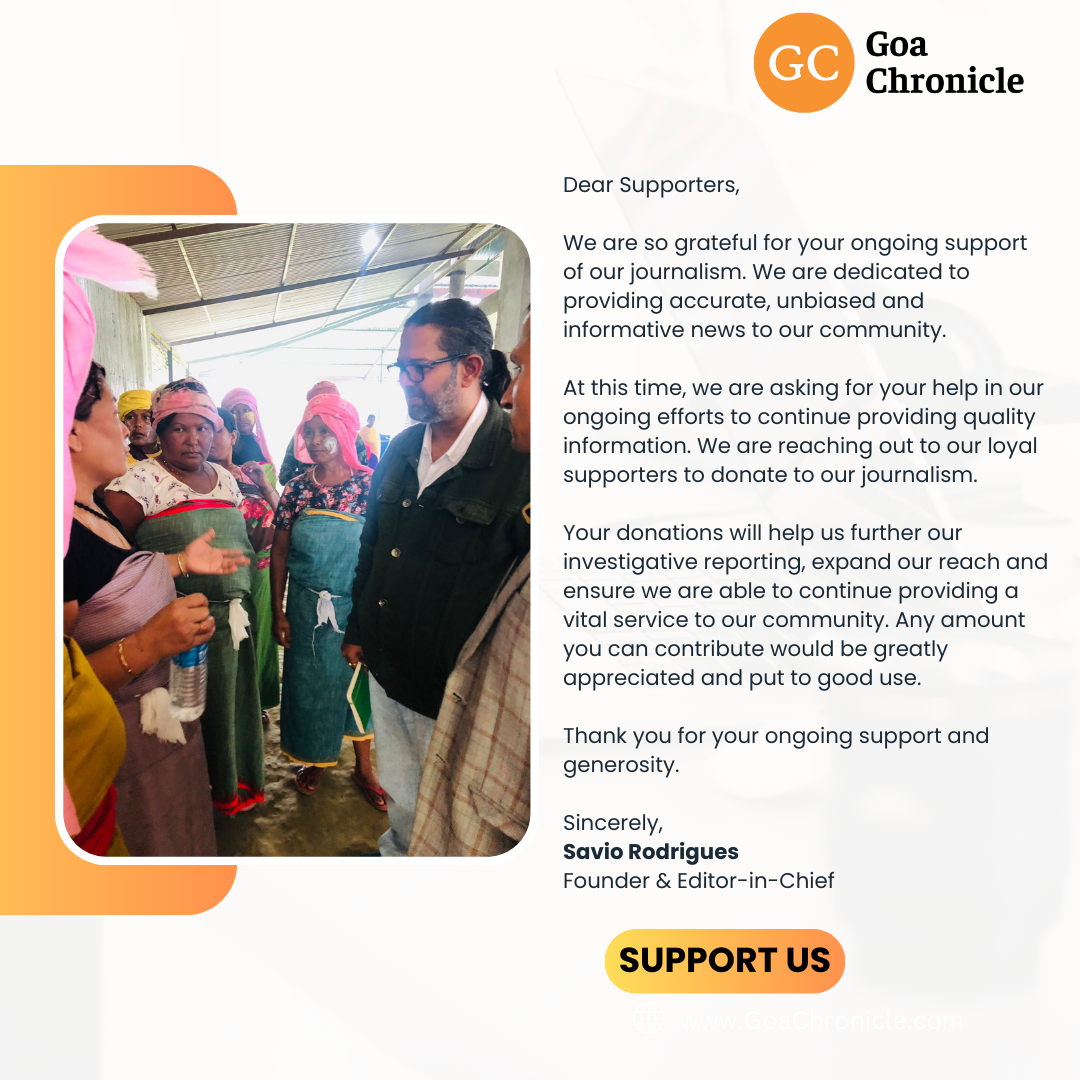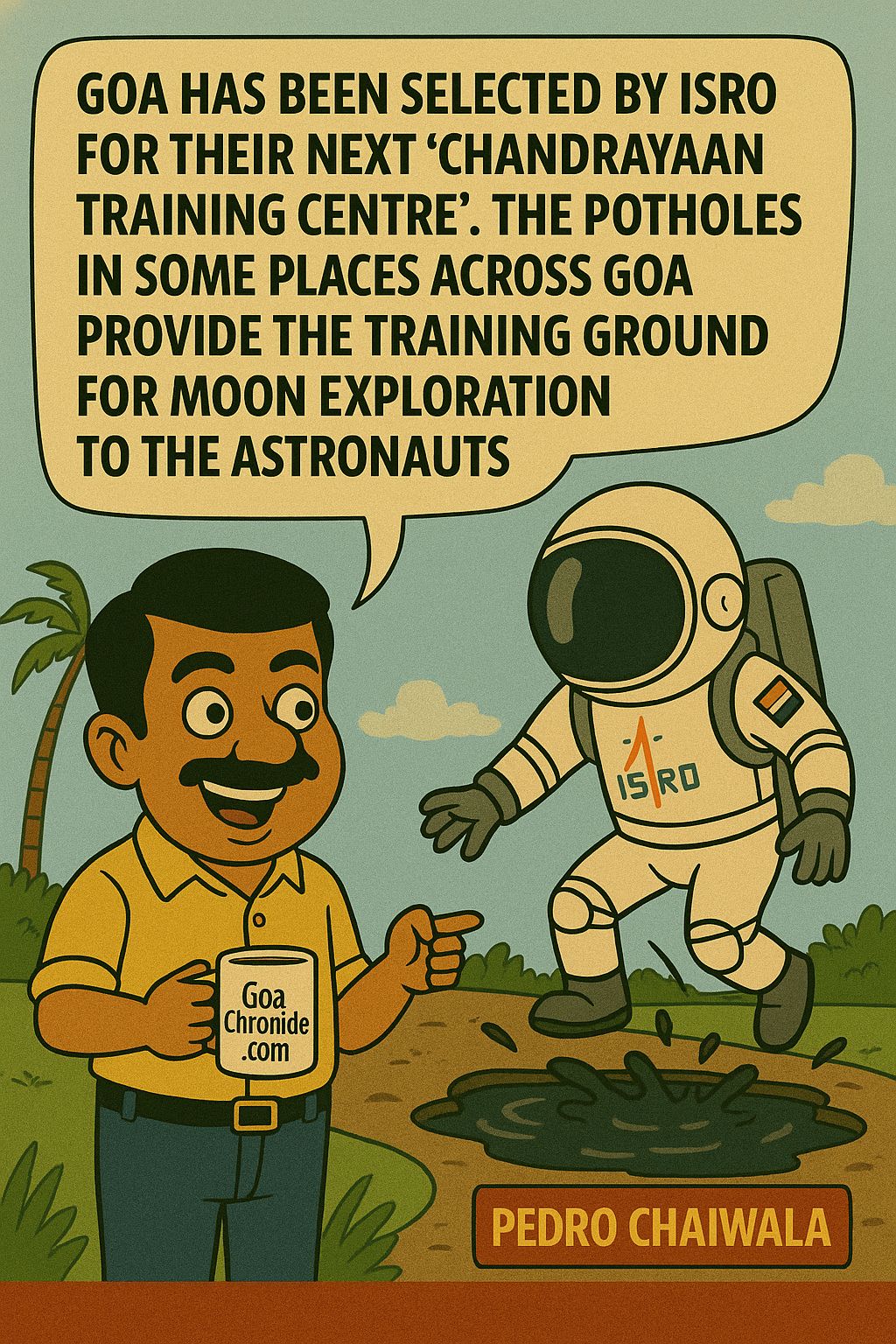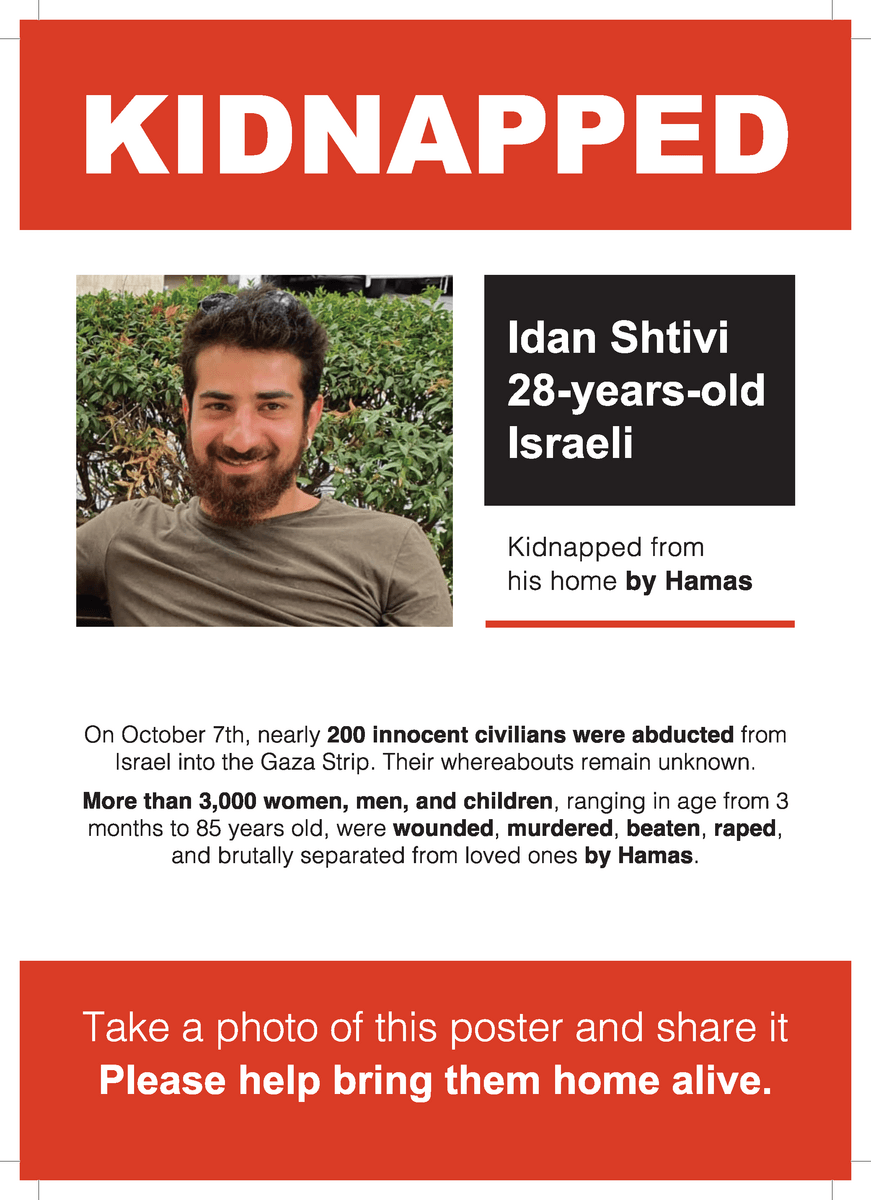To read all parts of IPKF
Part 1- https://goachronicle.com/the-indian-peace-keeping-force-in-sri-lanka-a-curates-egg/
Part 2- https://goachronicle.com/the-curates-egg-ipkf-and-indo-sri-lanka-accord-of-29-july-1987-part-2/
Part 3- https://goachronicle.com/ipkf-3-the-curates-egg-turn-of-the-tide-jaffna-medical-university-helidrop/
Part 4- https://goachronicle.com/ipkf-curates-egg-part-4/
Part 5- https://goachronicle.com/ipkf-5the-curates-egg-warriors-of-a-lesser-god/
Part 6- https://goachronicle.com/ipkf-6-the-curates-egg-the-hurt-lockers/
Part 7- https://goachronicle.com/ipkf-7-the-curates-egg-the-veer-naari/
Part 8- https://goachronicle.com/ipkf-8-the-curates-egg-author-interview-valiant-deeds-undying-memories/
Part 9- https://goachronicle.com/ipkf-9curates-egg-the-flaming-controversy/
Part 10- https://goachronicle.com/ipkf-10-the-ukraine-russia-conflict-a-jaffna-redux/
Part 11- https://goachronicle.com/ipkf-11-slava-ukraine/
Part 12- https://goachronicle.com/ipkf-12-the-curates-egg-the-forgotten-war/
Part 13- https://goachronicle.com/ipkf-13-the-curates-egg-my-style-of-command/
Part 14- https://goachronicle.com/ipkf-14-the-curates-egg-the-tankmen-at-war/

The role of the aviators in the fledging Aviation Corps in Op Pawan was indeed remarkable. The pilots would fly in the face of hostile LTTE fire, and land their choppers in restricted areas under emergency situations, often at short notice. With multiple back-to-back commitments at hand, with both airspace and ground largely unsecured, these pilots flew beyond the call of duty, without proper maps. Two pilots, then Captains HS Kaura and Daman Seigall were injured during these operations, and awarded Sena Medal for exceptional commitment to duty.
“Tourist maps were used for navigation initially” recalled Col Manoj Asthana, an aviator. Amongst the naval aviators Lieutenant Commander Ray Rufus and Sub Lieutenant Bembay would take great risks while performing night medevac in Batticaloa sector.
There were reports of LTTE having man portable air defence systems too, though the information on this remains sketchy and unconfirmed. Army Aviation Corps played a significant role in every facet of the operation, whether it was transportation of VIPs, logistics support, casualty evacuation, reconnaissance, limited suppressive fire with MMG’s, communication duties and liaison. There was often a debate why the aviators of the army took greater risks compared to the IAF in performing operations in dangerous environment. It may be said that the aviators valued lives of men, whereas the IAF was concerned equally about the safety of the machine as of the troops. Perhaps these are two different perspectives, both are justified. Out of the various roles taken on by the aviators perhaps none was as significant as the rescue and evacuation of casualties. Brig GS Sissodiya of 16 Sikh recalls:
“Army aviators performed beyond the call of duty. Ranjit (modified helicopter mounted with medium machine guns and manned by infantry) supported my company on few occasions while operating in jungles between Vavunia and Mullaitivu. In one particular incident, we had a fire fight with a LTTE group led by Indiresh. My JCO Nb Subedar Gurdial and Havildar Tara Singh were KIA in this operation. While carrying their bodies back to base at Tannimarripu Kulam, we lost our way even as it was getting dark. An army chopper suddenly appeared above us. He could not find landing space, due to thick foliage in the jungle. I requested for direction. He gave me a compass shot (bearing) to my base over the radio. We fixed the bearing on the compass and reached base. Two hours day travel, took eight in the night, as we could not use torches for fear of detection. Further, carrying bodies was a very difficult task as the jungle had many fallen tree branches enroute. In between, I asked my base to fire LMG bursts with tracers to make sure that we were moving in right direction. I do not know who the pilot was. Till date I am grateful to him for guiding us, truly an angel in the sky!! It was really a difficult task to evacuate them in a hostile area. We made improvised stretchers. Four boys for each stretcher as movement was very tough during dark night. Many boys fell down and got hurt. During the encounter it was not an easy task to retrieve both soldiers under heavy fire of LTTE. In fact, I had to move myself to get those two injured. Boys saw me moving and acted immediately to recover them. In spite of all the effort we could not save them. Few years later while I had gone to attend biennial conference at the Sikh Regimental Centre. There I met the children of Havildar Tara at the Sikh Regiment Centre Hostel. I could not hold back my emotions. I took them to market and asked both of them to buy clothes and shoes of their choice. I loved the way they shopped.”
Perhaps the ultimate tribute to the professionalism of the aviators was the fact that not even one helicopter was lost to enemy fire during flying, despite the large number of sorties performed and the varied hazards encountered there.
Lt Gen Kanwal Kumar, former DG Aviation gives an overview of the fledging Aviation Corps and its baptism by fire in Sri Lanka. This foray in Op Pawan would define the path breaking role and concept of the corps for the future, even as this venerable helicopter ie Cheetah/Chetak is now being replaced by the indigenous ALH.
Below is an extract from the from the book “Valiant Deeds, Undying Memories” by authors Lt Col Atul Kochhar and Lt Col BR Nair, published by Notion Press. The account is penned by Lt Gen Kanwal Kumar of the Aviation Corps.
The Aviators in Op Pawan- Lieutenant General Kanwal Kumar, AVSM
In the mid-eighties, Army Aviation was the youngest arm of the Indian Army, which had been formed on 1 November 1986, with its divorce from IAF. It was trying to establish itself in new bases, absorb the technical manpower, resolve administrative and logistic issues, and the most important- categorisation and training of aircrew. The units continued to have limited IAF personnel as embeds in all ranks and files, as in 10 Air OP Flt as well. 10 Air OP flight was earmarked to move along with 54 Inf Div. The flight was being commanded by Lieutenant Colonel NJS Sidhu. In addition to myself as army adjutant, the flight also had the IAF adjutant, Flight Lieutenant Rajput and the senior technical officer, Flight Lieutenant Govindan. The flight was mobilised on 7 June 1987, to Air Force station Hakimpet from its existing location at Air Force Station in Bamrauli (Allahabad) in anticipation of an operational requirement only to be moved back to Allahabad on 6 July 1987, due to the ambiguous situation. The flight was maintaining 100% serviceability at that point, and put in the extra bit so as to be the obvious choice.

The flight while located at AF Station Hakimpet, utilised every moment to train itself for the impending task, like flying over sea, affiliation training, collection and marking of maps. They had to rely on tourist maps. It was also at this stage that, the requirement of weapons on the choppers was felt and accordingly HAL was asked to design fitment of MMG, with modified ammunition boxes and collection bag for the empties. This was successfully done, and proved to be handy in the environment, in which army aviation operated.
Induction. Barely had 10 Air OP Flight got back to its permanent location at Allahabad on 8 July 1987 that the flight was once again mobilised on 22 July 1987, i.e., within a fortnight. The air cavalcade comprising of four Chetak helicopters flew from Allahabad to Hakimpet, and the fifth helicopter was flown in from Gwalior to Sri Lanka, by me and Captain HPS Kende which was strenuous. It was thus for the first time that Indian Army Aviation helicopters were undertaking such a long ferry to a foreign country, in the thick of monsoons without relief of crew. There was absolute uncertainty prevailing as to how the flight would mobilise to Sri Lanka. Post signing of the accord on 29 July 1987, the flight flew to Tambaram from Hakimpet. On 31 July 1987, history was created when the ‘Helifirsts’ flew over sea into Sri Lanka without navigation aids (the basic compass was used, as GPS had not been inducted into the aviation flights) and survival equipment, this just within 48 hours of the accord being signed.
The gravity of dangers, apparent in flying over sea could be gauged from the fact, that the monsoon season was at its peak, in the entire Indian peninsula. Thus, flying was performed over the sea into a foreign country, devoid of adequate landmarks based on tourist maps. Total distance of little over 2600 kms was covered during the ferry.

The flight found a shelter in the form of a under construction shed which was the office cum residence with barely a handful of ground crew who were part of the team. The rest of the ground team was subsequently, partially moved in by air and major part by sea.
During the initial few days, the flight had to manage its morning routine without proper shelter, till the tentage arrived. Notwithstanding, the aviators were always cheerful and enjoyed their life in the double decker bunks that were placed in the under construction shed near the Palaly Airfield terminal, which was taken over from the Sri Lankan Army.
Airlift of 54 Infantry Division less one brigade (which was inducted by sea route) was completed by 4 August. The divisional headquarters was established at Palaly airfield. Various brigades of the division were deployed as follows:
- 91 Infantry Brigade at Jaffna.
- 47 Infantry Brigade at Vavuniya.
- 76 Infantry Brigade at Trincomalee.
10 Air OP Flight, was affiliated to 54 Infantry Division in Jaffna. The assets of the flight were distributed in all the locations, and were initially used for communication and reconnaissance duties. The area of operations was entire Sri Lanka. Sheer dedication, hard work and sincerity of the engineering officer, Flight Lieutenant Govindan and his team of technicians ensured 100% serviceability continuously for three months.
The Aviators proved themselves with their daring and drive in difficult circumstances in hostile environment in an out of country operation, far from their main bases.
To commemorate the memory of the departed valiant, 1300 KIA braves of the IPKF, in OP PAWAN ,a group of veterans is gathering on 29 Jul 22,at the National War Memorial , to mark the 35 th Anniversary of OP PAWAN in Sri Lanka. This would be the second private commemoration at the NWM, as the government officially honours only the KIA of 71 and the Kargil War of 1999.
[author title=”Shefali Kochhar,” image=”http://goachronicle.com/wp-content/uploads/2021/04/Screenshot_20210321-160233_LinkedIn.jpg”]Journalist, Goa Chronicle .
I am an entrepreneur who has tried her hands on various ventures like Electric Vehicle Charging Station , Online Retail Store / Trading and few more ventures. I have done my entrepreneurship from Amity University Noida.
Read My Other Articles
[feed url=”https://goachronicle.com/author/shefali-kochhar/feed/” number=”5″]
[/author]
































